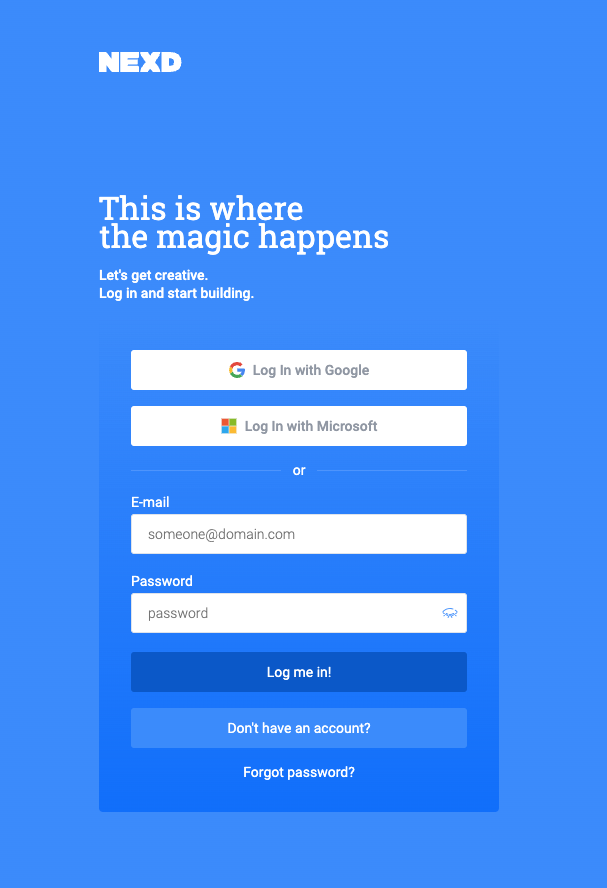Everything You Need To Know About Mobile Ads
In a smartphone-dominated world, mobile ads are crucial for reaching audiences. Here’s everything you need to know to excel in mobile advertising.
What Are Mobile Ads?
Mobile ads appear on mobile devices through apps and websites, offering a direct way to engage users. They range from simple banners to immersive interactive ads.
Understanding Mobile Ads
At its core, mobile advertising refers to any advertisement on mobile devices.

This can include everything from social media to in-app ads, providing a versatile platform for reaching target audiences directly on their mobile phones. The essence of mobile marketing lies in its ability to engage with mobile users through their most frequently used digital channels.
The evolution of mobile advertising mirrors the rapid advancement of technology. Initially, mobile ads were limited to simple text ads or banner advertisements. Today, they have transformed into rich media ads, video apps, and even interactive in-game apps, offering an immersive experience to app users.
Types of Mobile Ads
Mobile advertising examples vary widely, reflecting the diversity of mobile media. Understanding the types of mobile ads is crucial for crafting an effective mobile advertising strategy. The article linked will give a more detailed overview of the mobile ad types and sizes.
Here’s a quick overview of types:
- Types of Mobile Ads
- Banner Ads: Cost-effective, placed at the top or bottom of screens.
- Video Ads: Highly engaging, found on social media and video platforms.
- Interstitial Ads: Full-screen ads shown at transition points.
- Native Ads: Blend seamlessly with app content.
- Rewarded Ads: Offer incentives in exchange for engagement, popular in games.
Choosing the Right Mobile Ads Format
Selecting the correct ad format is pivotal. It depends on understanding your target audience, the context of your ads, and the goals of your mobile ad campaigns.
Select ad formats based on your goals. For engagement, video or rewarded ads work best. For brand awareness, consider banners or interstitials.
Mobile Ads Strategies
A robust mobile advertising strategy encompasses clear goal setting, precise targeting, and efficient ad spend allocation.
Here are the key components:
- Goal Setting: Define your goals for your mobile ad campaign. These can range from customer engagement to increasing brand awareness or boosting sales.
- Targeting Techniques: Utilize ad networks and digital channels to reach relevant audiences based on demographics, interests, user behavior, and location-based ads.
- Budget Allocation: Distribute your advertising budget wisely across different formats and platforms to maximize ROI. Ad spending should align with the campaign’s objectives and target audience.

You also need to decide if you will pursue a search or interrupt marketing strategy. You can put your products and services in front of a warm audience using search marketing strategies, such as Google Search Ads or SEO.
Interrupt ads, on the other hand, can target specific audiences. However, those audiences are not searching for your product or service specifically when your ad is shown.
Optimizing Mobile Ads
Optimization is the key to the success of mobile advertising campaigns. It involves continuous testing, refinement, and adaptation of strategies to achieve the best results.
- A/B Testing: Experiment with different ad messaging, formats, and creatives to see what resonates best with your audience.
- User Experience and Engagement: Ensure your mobile ads enhance the user experience rather than detract from it. Ads should be relevant and engaging and add value to the user.
- Analyzing Data: Use key performance indicators (KPIs) to measure the success of your campaigns. Data-driven insights can help refine targeting, creativity, and overall strategy.
The Future of Mobile Advertising
The future of mobile ads is bright, with emerging trends like AI-driven personalization, augmented reality (AR) ads, and more sophisticated targeting techniques shaping the landscape.
As technology evolves, so too will how advertisers can reach and engage mobile users.
What are the key types of mobile ads?
- Banner, video, interstitial, native, and rewarded ads.
2. How do I choose the right ad type?
- It depends on your campaign goals, audience, and content.
3. What are effective strategies for mobile ads?
- Understand your audience, create compelling ads, and use precise targeting options.
4. How do I measure the success of my mobile ads?
- Use KPIs such as CTR, conversion rates, and ROAS to track and optimize performance.
5. Are mobile ads cost-effective?
- Yes, especially when you target the right audience at the right time, maximizing your ROI.
Start your free trial with Nexd Campaign Manager and create engaging, sustainable display ads today!

Get Started
Sign up to Nexd Campaign Manager for a free 14-day trial and start creating environment-friendly and highly engaging programmatic creatives!
